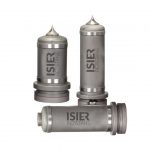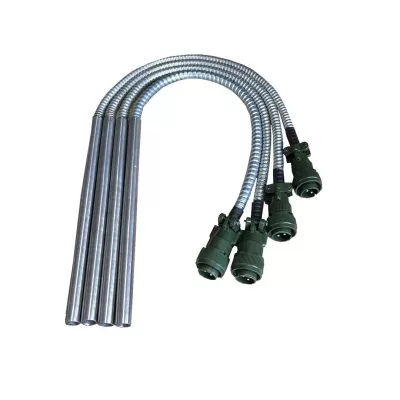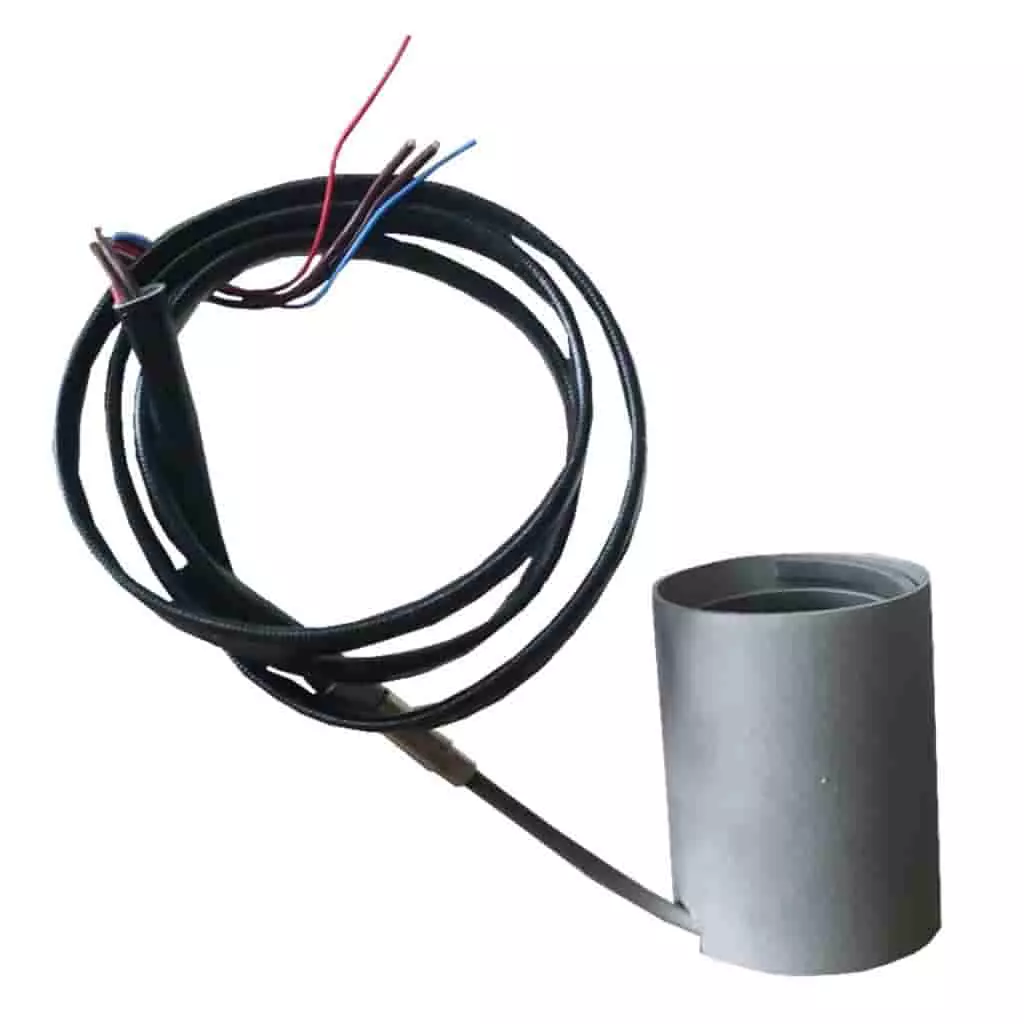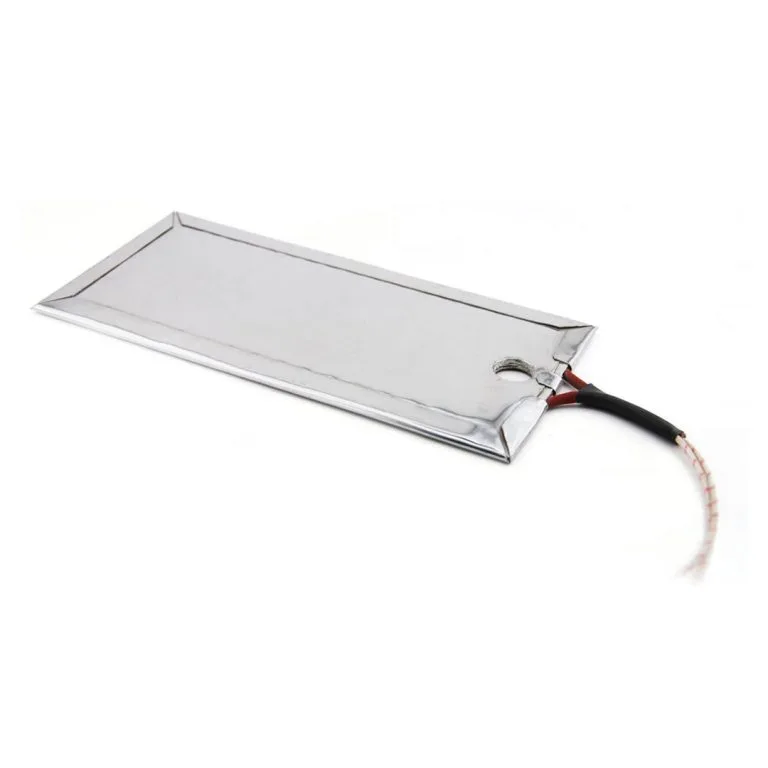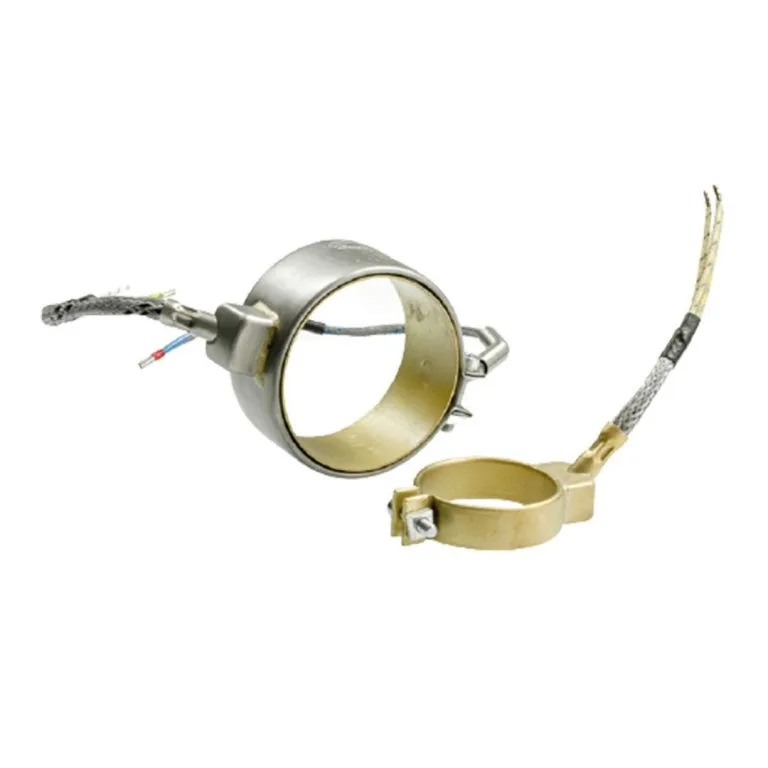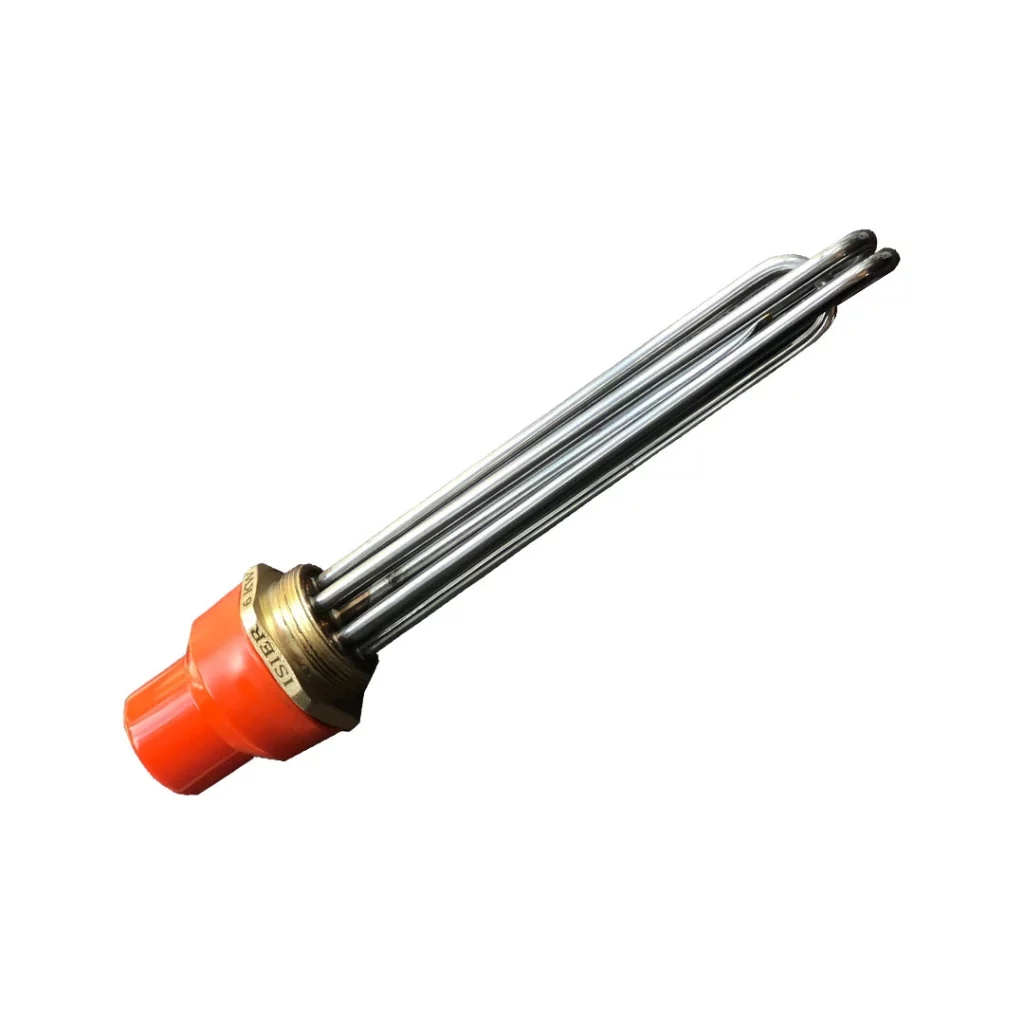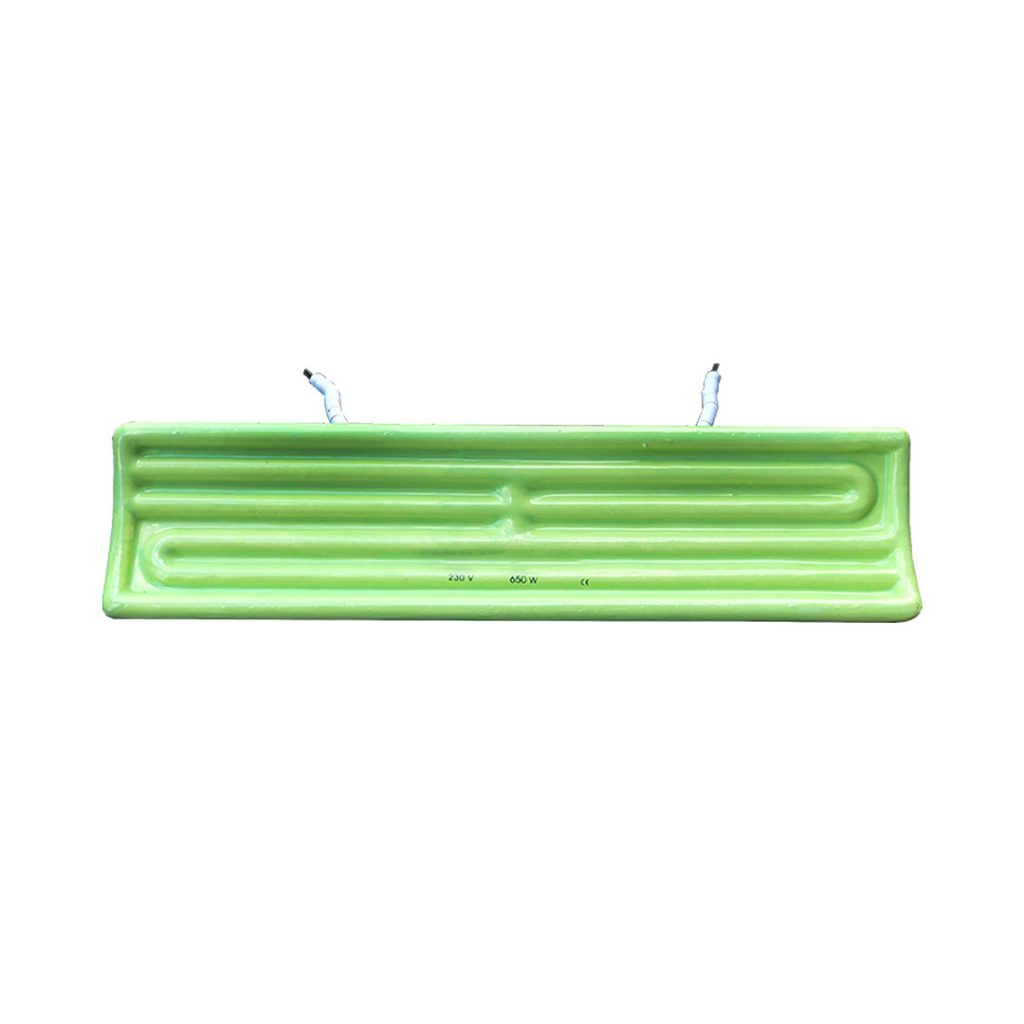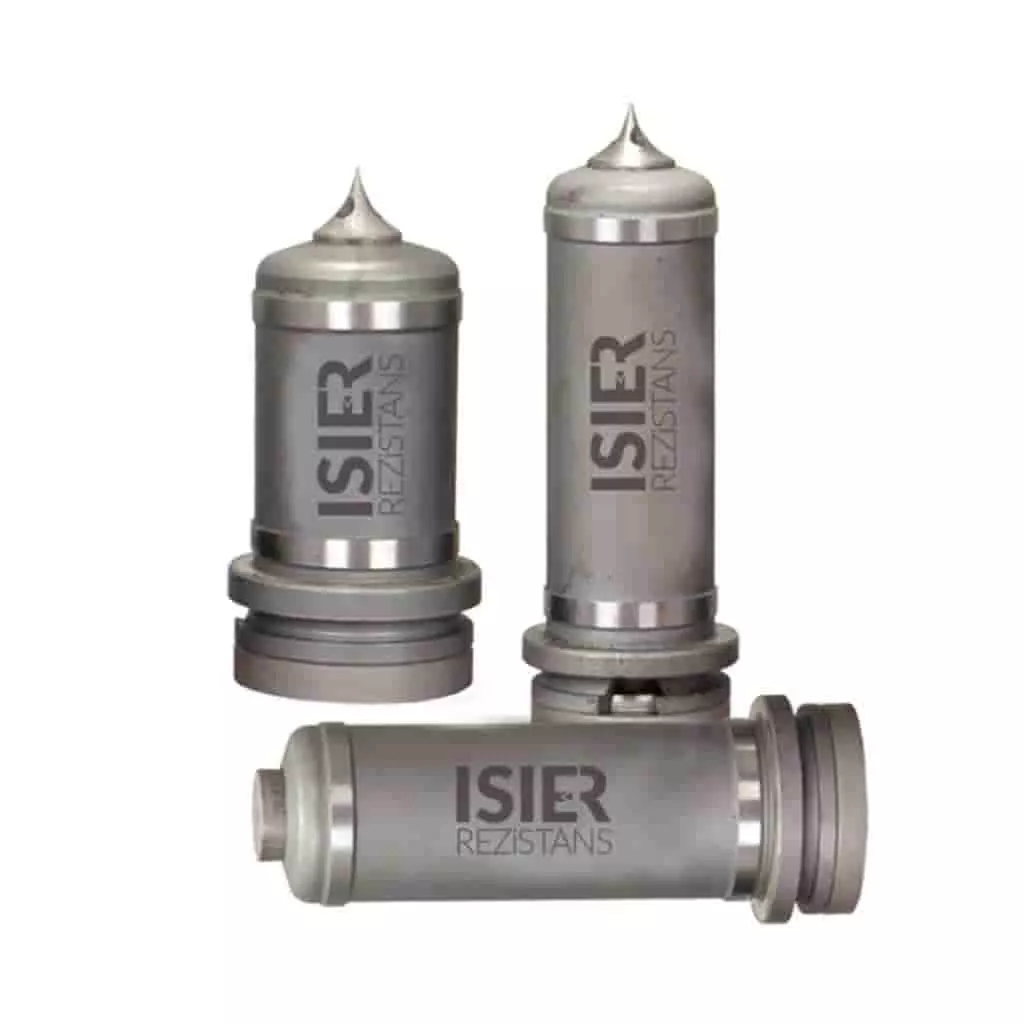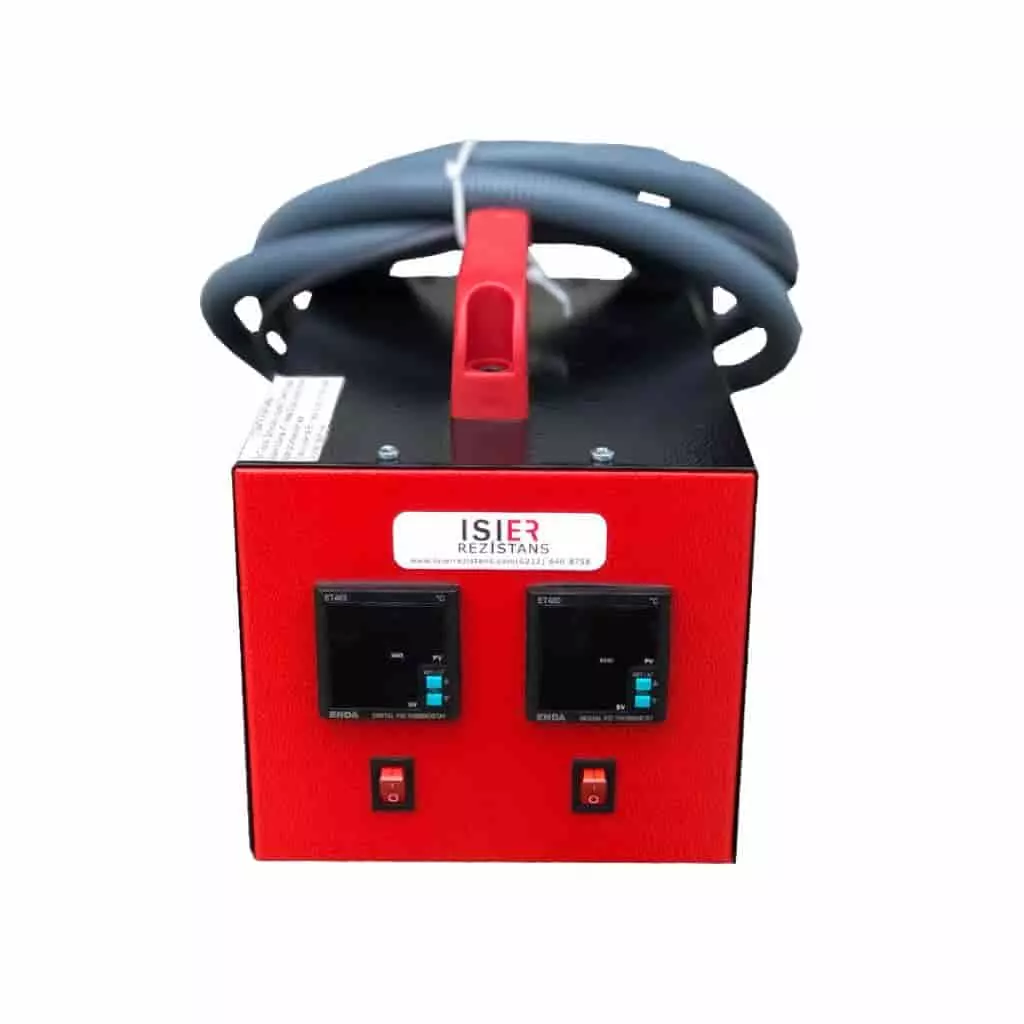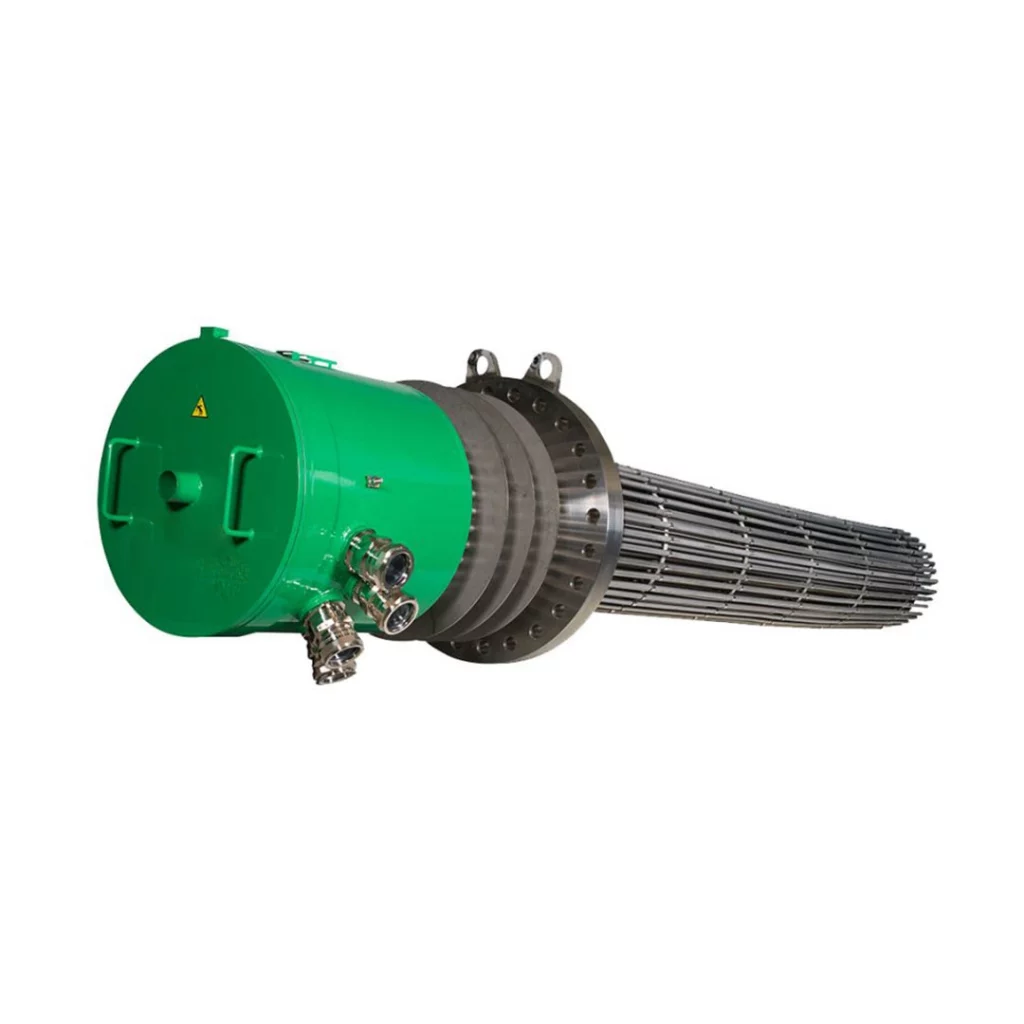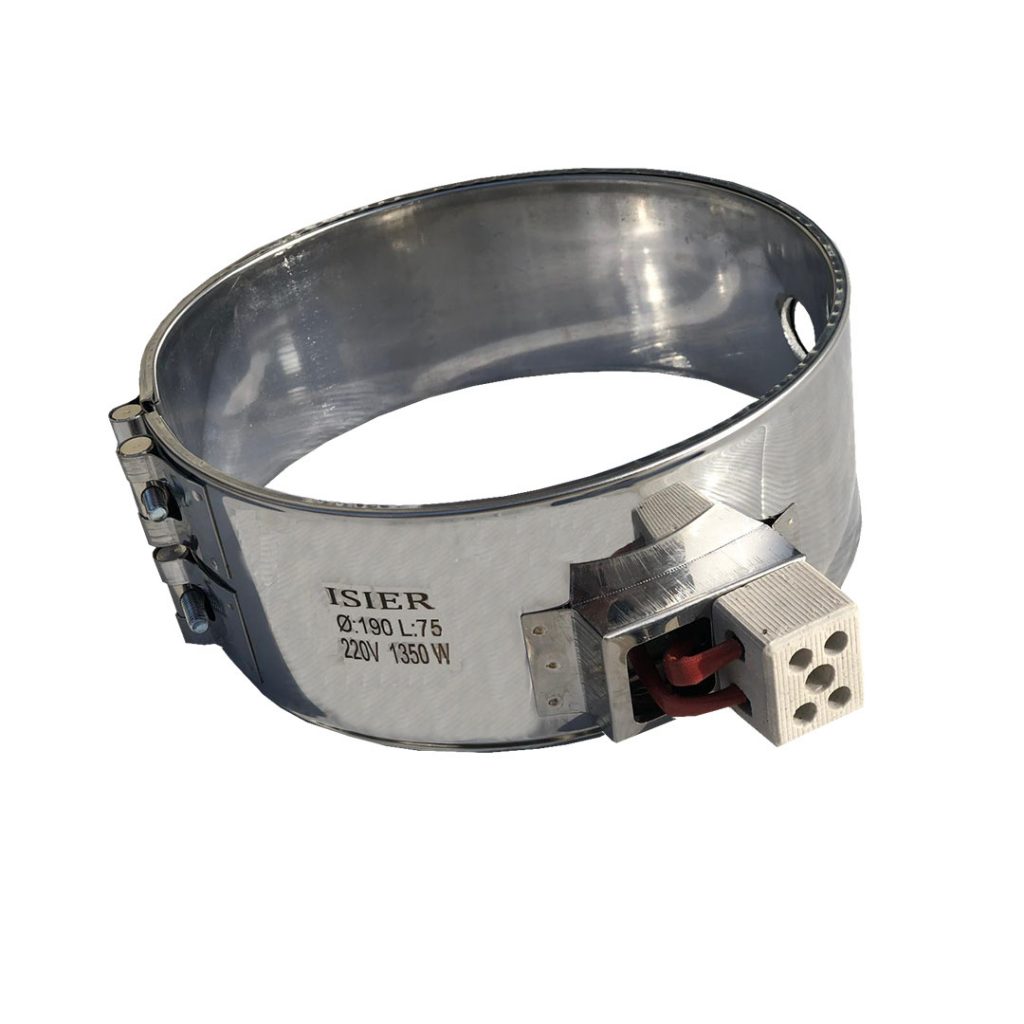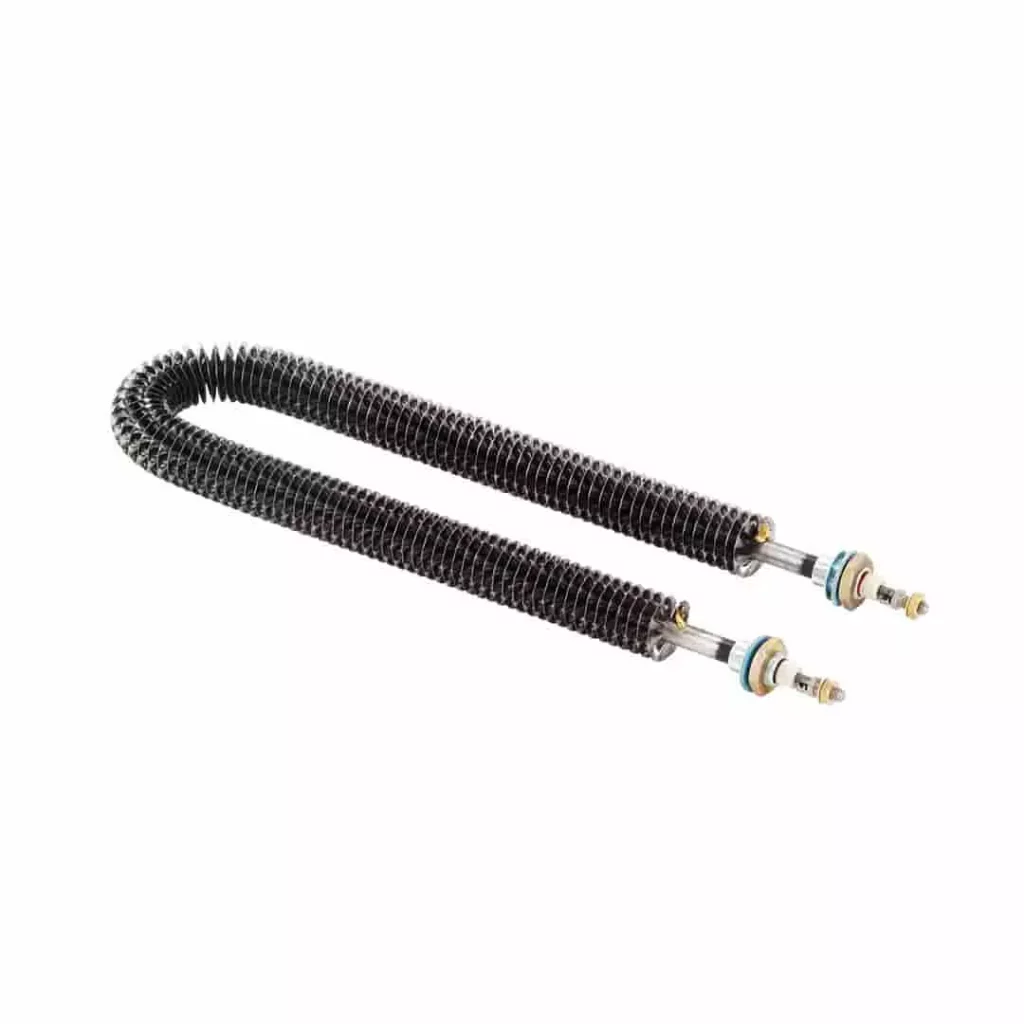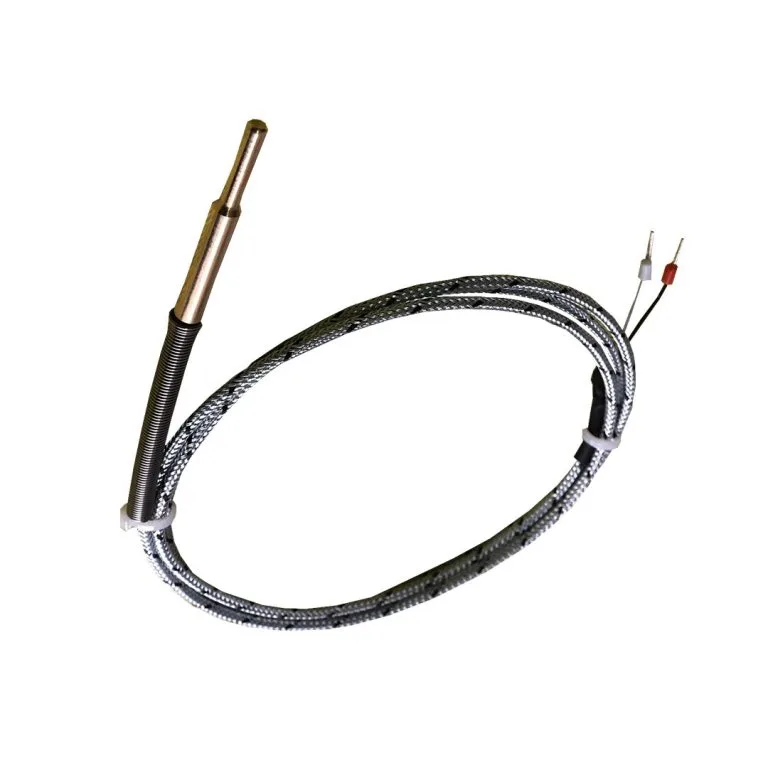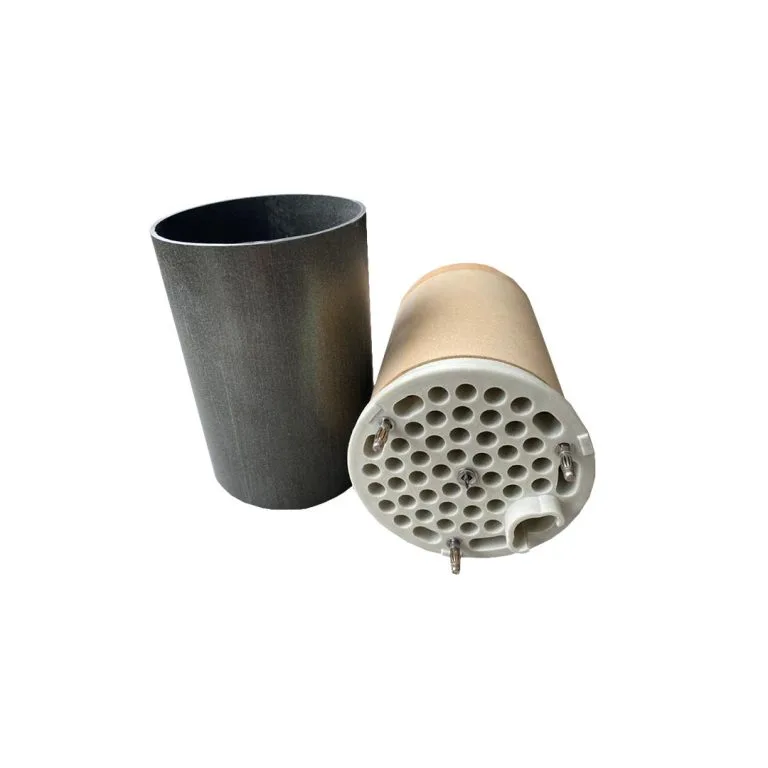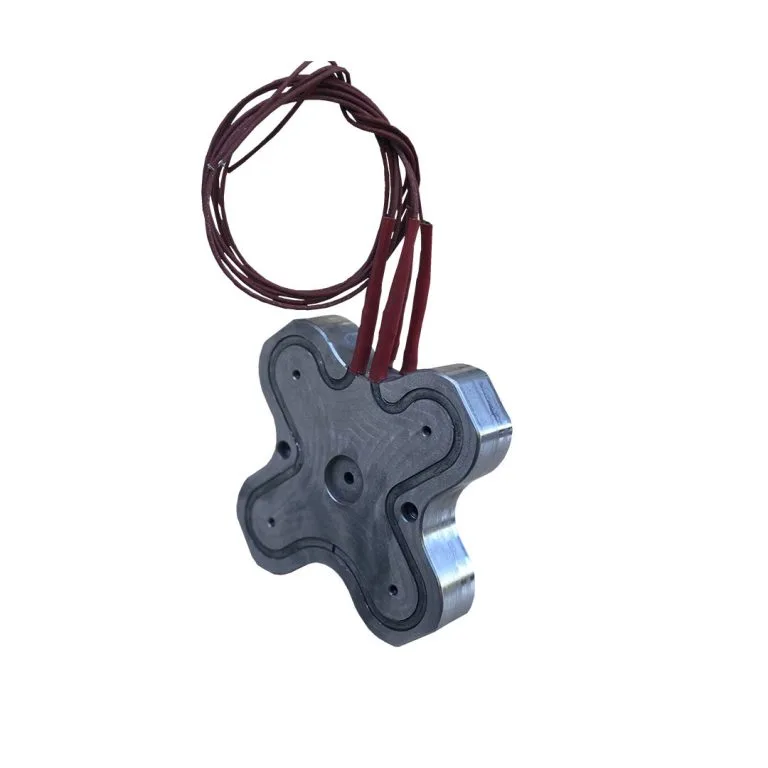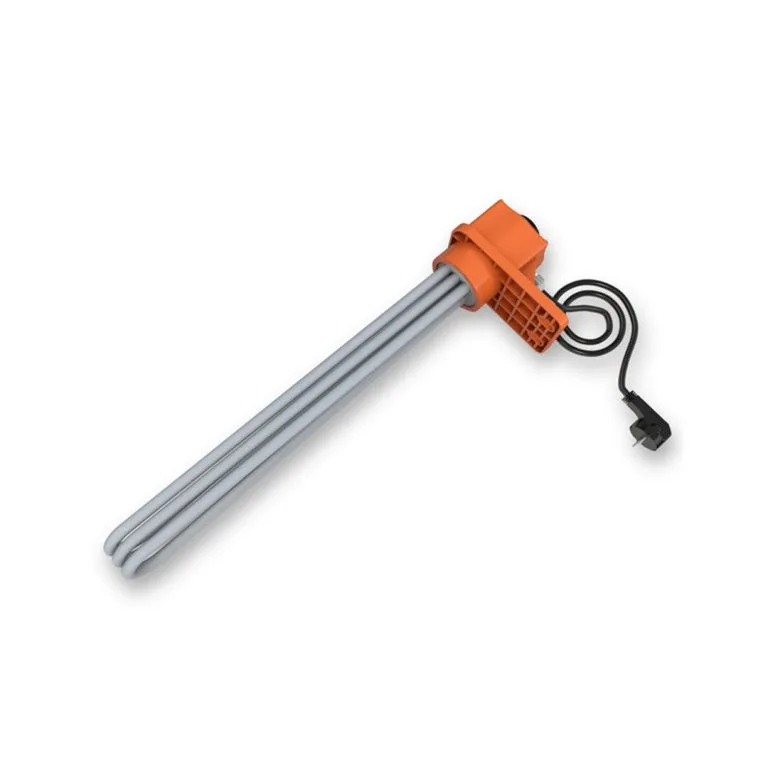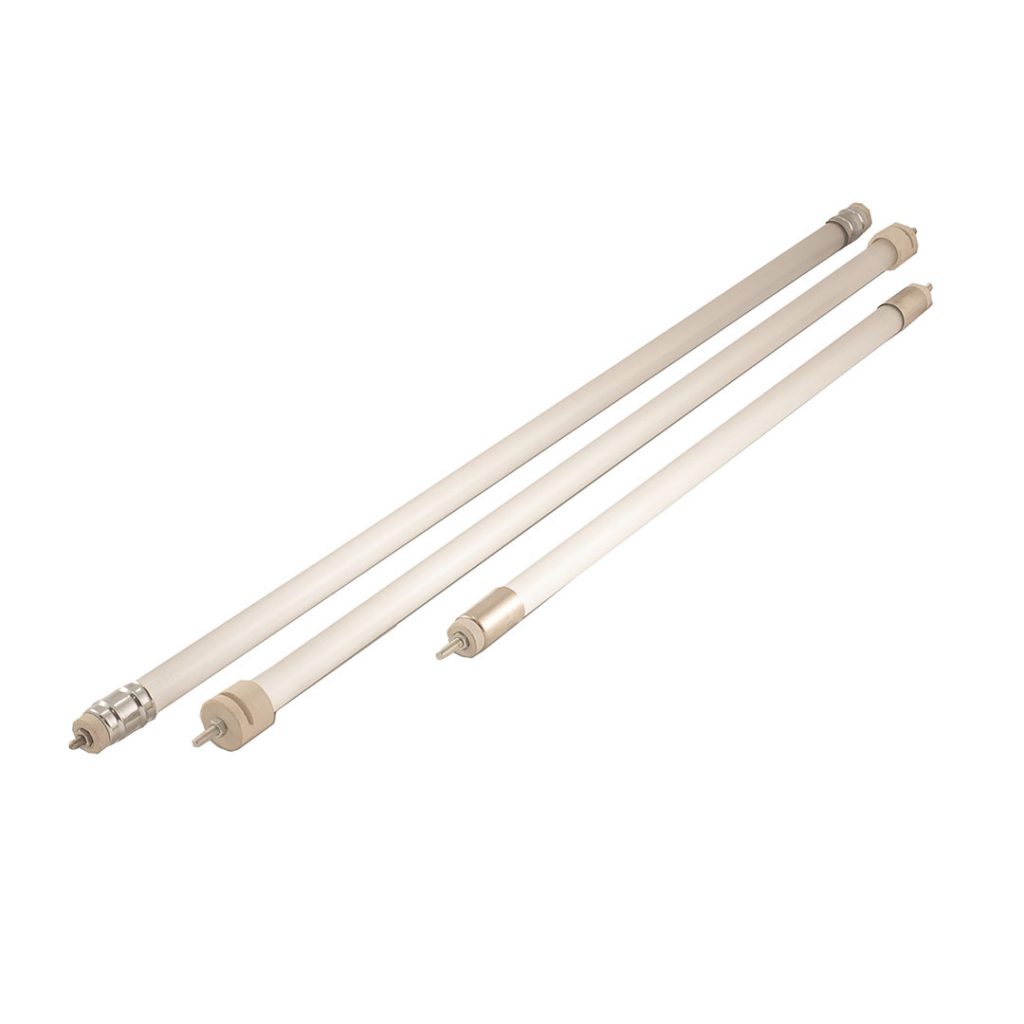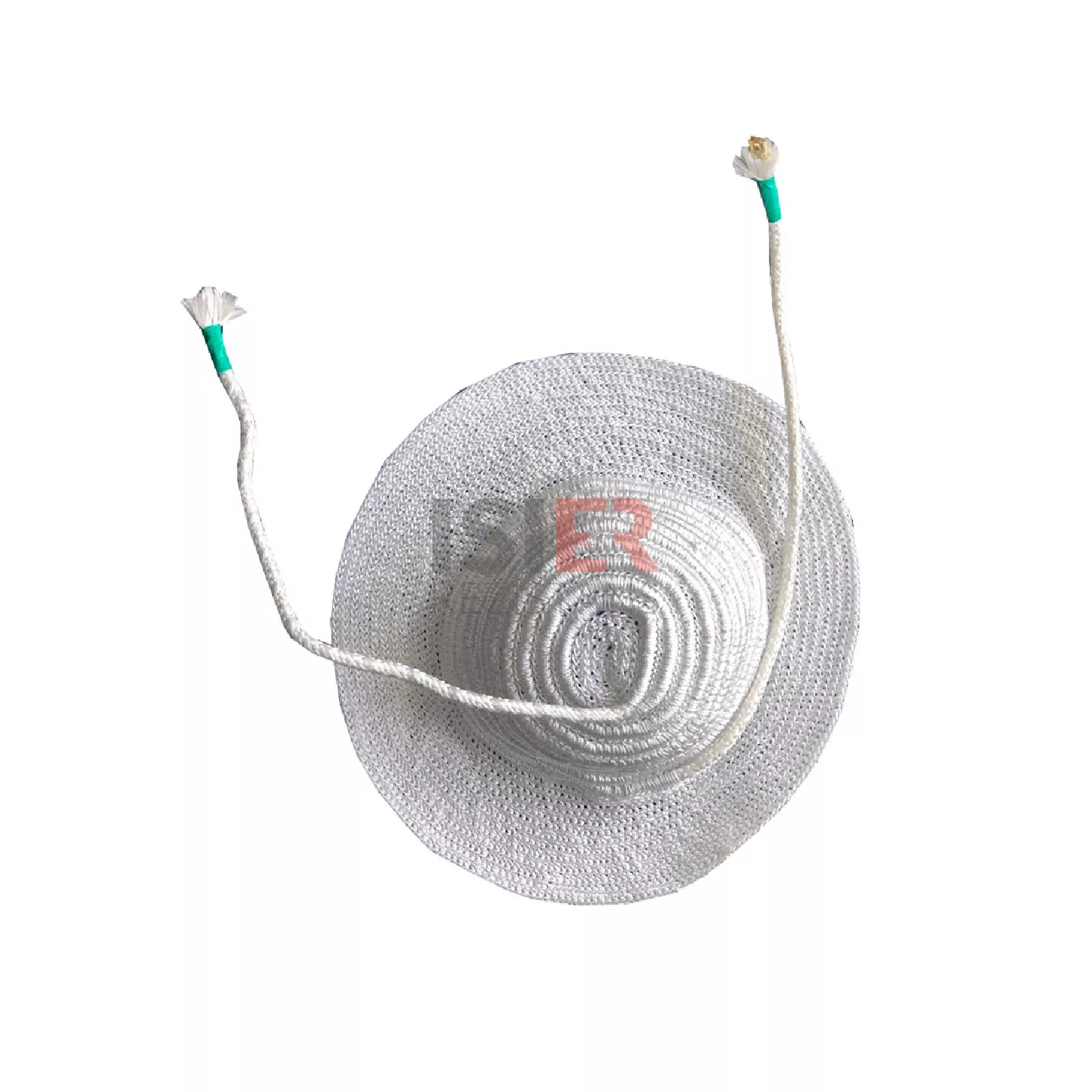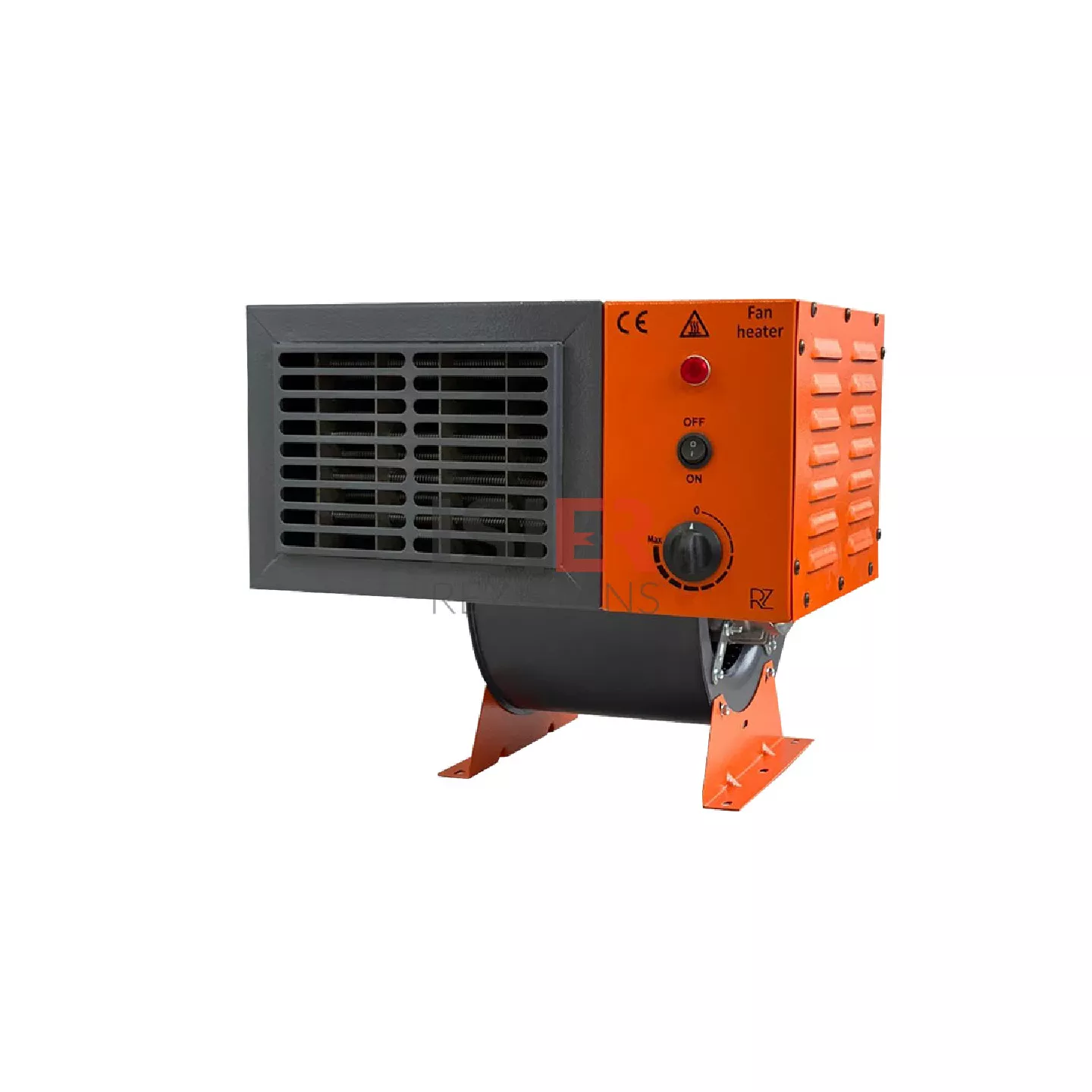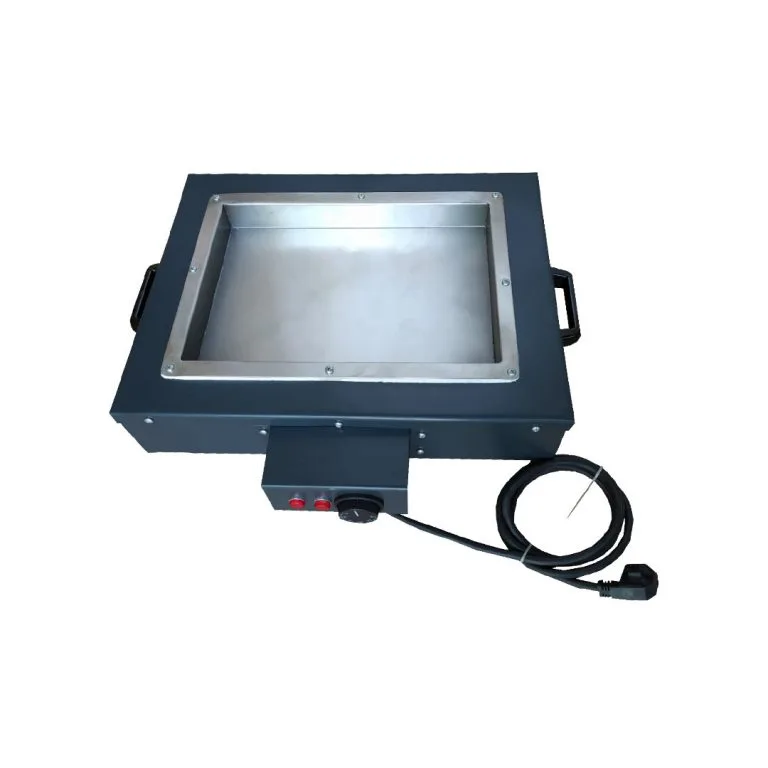Hot Runner Nozzle: Efficient Plastic Production Solutions in Industry
The hot runner nozzle is a crucial component in plastic injection molding processes, enabling the efficient and uniform transfer of molten plastic to the mold cavity. By offering energy efficiency and high precision, these technologies contribute to optimizing industrial production processes.
This article will cover the technical features, advantages, applications, and key considerations when selecting a hot runner nozzle.
Our Products
Your Solution Partner for All Your Resistance Needs
What is a Hot Runner Nozzle?
A hot runner nozzle is a part of the hot runner system used in plastic injection machines that ensures the transfer of molten plastic to the mold. These nozzles enhance production efficiency by delivering plastic precisely to the desired point while minimizing heat loss.
Hot runner nozzles are typically made from high-quality metal alloys and are highly resistant to elevated temperatures. Equipped with internal heaters, they maintain the fluidity of the molten plastic, ensuring it fills the mold cavities smoothly.
Technical Features of a Hot Runner Nozzle
Material Structure:
- Manufactured using steel, stainless steel, or specialized alloys.
- Offers corrosion resistance and durability under high temperatures.
Heaters:
- Internal heaters maintain the desired temperature of molten plastic.
- Typical operating temperatures range from 200°C to 400°C.
Flow Channels:
- Optimized channels ensure smooth and controlled plastic flow.
Nozzle Types:
- Available in various designs tailored to specific plastics and production needs.
Size and Diameter:
- Produced in standard and custom sizes. Diameters generally range between 1 mm and 10 mm.
Energy Efficiency:
- Modern designs reduce energy consumption.
Working Principle of a Hot Runner Nozzle
The hot runner nozzle transfers molten plastic from the material hopper to the mold cavities in the plastic injection machine. Its built-in heaters maintain the plastic in a molten state. The nozzle’s flow channels ensure smooth and controlled movement, leading to defect-free and homogeneous production outcomes.
Advantages of a Hot Runner Nozzle
Energy Efficiency:
- Eliminates the need for reheating by preventing plastic cooling, resulting in energy savings.
Faster, Continuous Production:
- Facilitates high production speeds.
Minimal Material Waste:
- Reduces material waste compared to cold runner systems.
Precision Manufacturing:
- Ensures accurate and flawless filling of mold cavities.
Durability:
- Robust materials provide long-lasting use.
Ease of Maintenance and Replacement:
- Modular design allows for quick replacement of faulty parts.
Applications of a Hot Runner Nozzle
Hot runner nozzles are widely used in various industries that employ plastic injection molding technologies:
Automotive Industry:
- Used in the production of interior and exterior car components.
- Preferred for applications requiring high precision.
Medical Equipment Manufacturing:
- Commonly used in producing sterile and precise plastic parts for medical devices.
Packaging Industry:
- Indispensable for manufacturing plastic caps, bottles, and other packaging products.
Electronics:
- Employed in producing plastic enclosures and parts for electronic devices.
White Goods:
- Ideal for plastic part molding in home appliances and durable consumer goods.
Key Considerations When Selecting a Hot Runner Nozzle
Type of Plastic:
- Ensure compatibility with the properties of the plastic material being used.
Temperature Capacity:
- Should withstand the required temperature range for production.
Flow Rate:
- Must support the desired production speed and flow characteristics.
Nozzle Design:
- Select a nozzle type suitable for the application and product.
Energy Consumption:
- Opt for models with low energy requirements.
Brand and Manufacturer:
- Choose products from reliable manufacturers with quality certifications.
The hot runner nozzle is one of the most critical components in modern plastic injection molding technology. With advantages like high precision, energy efficiency, and minimal material waste, it is widely used across industries such as automotive, packaging, medical, and white goods. Proper selection and regular maintenance of these systems ensure consistent high performance for years.
Hot Runner Nozzle Frequently Asked Questions
A hot runner nozzle is a component of a hot runner system used in injection molding machines. It delivers molten plastic from the manifold to the mold cavity, ensuring consistent flow and minimizing material waste.
The nozzle is heated to maintain the plastic in a molten state as it travels from the manifold to the mold cavity. This ensures the plastic flows smoothly and fills the mold evenly, producing high-quality parts without cold spots or flow inconsistencies.
Common types include:
- Open nozzles: Directly inject plastic into the mold cavity without a valve.
- Valve gate nozzles: Use a mechanical valve to control the flow, providing more precision and preventing drooling.
- Sprue bushings: Specialized nozzles used for specific molding requirements.
Hot runner nozzles are typically made from high-strength materials such as:
- Stainless steel: For durability and resistance to corrosion.
- Tool steel: For wear resistance and high-temperature performance.
- Copper alloys: For enhanced thermal conductivity.
Material savings: Eliminates or reduces the need for runners, minimizing waste.
Improved cycle times: Speeds up the injection molding process.
Consistent quality: Ensures uniform flow and reduces defects like sink marks and weld lines.
Enhanced efficiency: Reduces post-production work, such as trimming runners.
- Hot runner nozzles are used in industries like:
Automotive: For large-scale production of plastic components.
Medical: For precision molding of medical devices.
Consumer goods: For mass production of household items.
Electronics: For intricate parts with high dimensional accuracy.
Maintenance tips include:
Regular cleaning: Remove residue or contaminants to prevent blockages.
Inspect heating elements: Ensure the heaters and thermocouples are functioning correctly.
Check alignment: Proper alignment ensures optimal flow and reduces wear.
Replace worn parts: Timely replacement of damaged components prevents system failures.
Common issues include:
- Blockages: Caused by contaminants or degraded material.
- Heater failure: Leads to inconsistent temperatures and poor flow.
- Leakage: Can occur due to improper sealing or wear.
- Drooling: Plastic leaking from the nozzle during idle times.
- Hot runner nozzles: Maintain plastic in a molten state, reducing waste and improving cycle times.
- Cold runner systems: Allow plastic to solidify in the runner, requiring additional trimming and material recycling.
Key factors include:
- Material compatibility: Ensure the nozzle can handle the type of plastic being used.
- Cavity size and layout: Match the nozzle design to the mold’s requirements.
- Temperature control: Look for reliable heating and thermocouple systems.
- Application needs: Consider the type of parts being produced (e.g., precision, high-volume).




